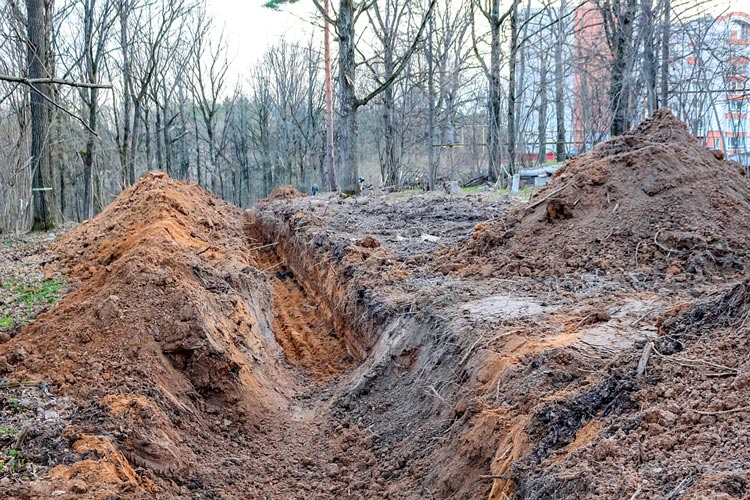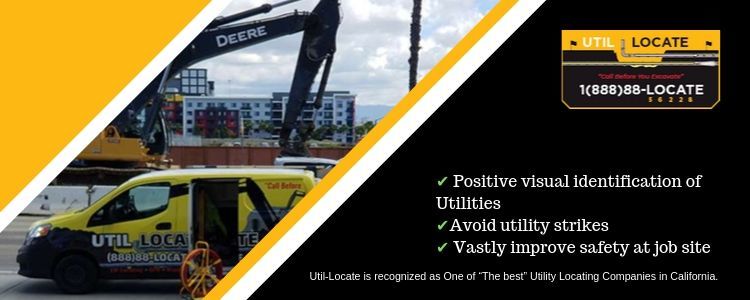Compared with most excavation methods used on construction sites, vacuum excavation is still a fairly new tool used for easy utility potholing and accurate excavation. Instead of manual tools or unwieldy equipment, vacuum excavators use a hydro or air jet to gently blow pressurized water or air into the ground to clear away earth. This process is more accurate than other methods and there is little risk of damaging utility lines.
Keep reading to better understand how Vacuum excavation works. This article will explain the process, necessary safety measures, and the many benefits of choosing vacuum excavation over manual digging or backhoes.
What is Vacuum Excavation?
In recent years, vacuum excavation has become the go-to option on construction sites for efficient and thorough excavation. Excavation is an important part of most construction projects because it allows you to understand what is going on underneath the earth. That means being aware of all utility lines, like water or gas, as well as any underground structures that might be in place.
Some methods of excavation, like backhoes, are too cumbersome to carefully excavate the land without risking damage to these utility lines. Such damage can be extremely expensive to repair and if the construction site is in an urban area, the damage could affect the surrounding area. This could lead to extensive fines for affecting the community in an adverse way, such as shutting off the power at a hospital or school.
Understanding the full extent of the risks involved in utility potholing should make it obvious why vacuum excavation is such a good option.
Read More: What You Need to Know About Potholing For Utilities
Vacuum excavation technology allows a professional team to gently remove earth from the construction site to reveal a completely accurate image of where the utility lines are located without any risk involved. Not only is the process effective, but a well-trained team can excavate the site quickly without sacrificing thoroughness.
Vacuum excavation can handle nearly all types of terrain: clay, dirt, rough and rocky soil are no match for this equipment. Whereas other forms of excavation can struggle to carefully remove rocky terrain, the water or air pressure from vacuum excavators remains an effective and quick option.
While hydro and air jets work in very similar ways, some will opt for air jets because the earth that is excavated can be reused at a later time. This is not possible with the earth that is cleared using water, so it is best to consult with your team before deciding which type of vacuum excavator to use.
Safety Measures
As with all tools and machinery on construction sites, vacuum excavation should only be carried out by a highly trained individual or team.
The most cost-effective option is to hire a vacuum excavation specialist who can complete the work with ease. Renting the equipment and training someone on site is not only more expensive but can also cause delays for the construction project or cause damage to the machinery or construction site.
To prevent these unnecessary expenses, opt for a team like that at Util-Locate who have years of experience and can understand the needs and scope of your project.
Benefits of Choosing Vacuum Excavation
To better understand the benefits of vacuum excavation, you should consider the downsides of its alternatives: backhoes and hand excavation.
As mentioned above, backhoes are an unwieldy piece of construction machinery, which lack the finesse of a vacuum excavator. While the job might get done quickly, utility lines could be struck or ruptured in the process. We already know that this can result in fines, but you could also have to push back the deadline of the project due to the need for lengthy repairs before construction work can be continued.
Smaller sites have previously relied on excavation being carried out by hand with the use of shovels or trowels. While there is certainly less risk of rupturing a utility line, this method is very time consuming and will result in overworked and exhausted workers.
Due to the amount of time this form of excavation takes, it is not as cost-effective as you might assume. You might save money on equipment, but this is canceled out by how long the process takes and the number of workers it will require.
Read More: Vacuum Excavation vs. Traditional Excavation Techniques
You might also have heard of RADAR technology, which uses radio waves to locate utility lines. While this might seem like a great option because it limits the need for physical excavation, it is not 100% accurate. This discrepancy in accuracy means utility line ruptures can still occur. If you use RADAR, it should be used alongside a vacuum excavator. Doing so will maximize accuracy while limiting the area you have to excavate.
So, it is easy to see why vacuum excavation for utility locating and potholing is such a good option. Not only will it preserve the integrity of the construction site, but you will save money and time.
To conclude, it is essential for the safety and success of your construction project to choose an excavation method that is both accurate and efficient. Vacuum excavation is proven to be the most accurate method for construction site excavation and a professional team will ensure that the work is carried out according to your team’s needs.


